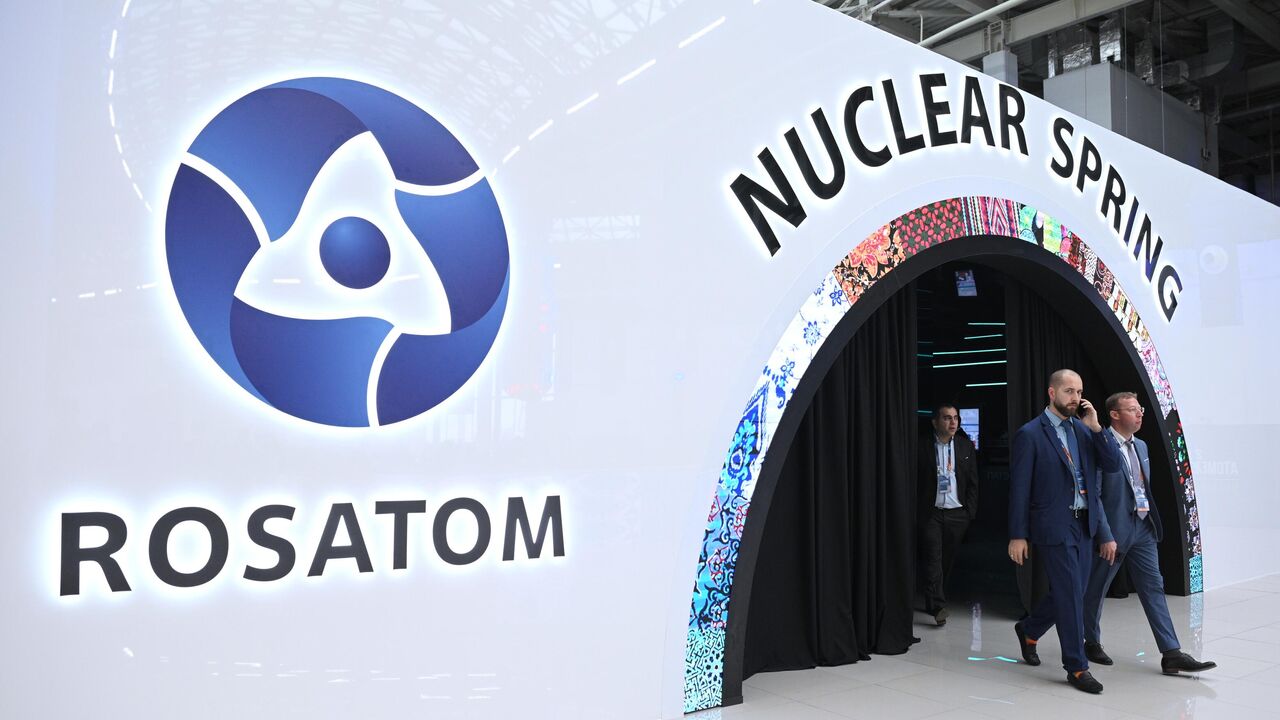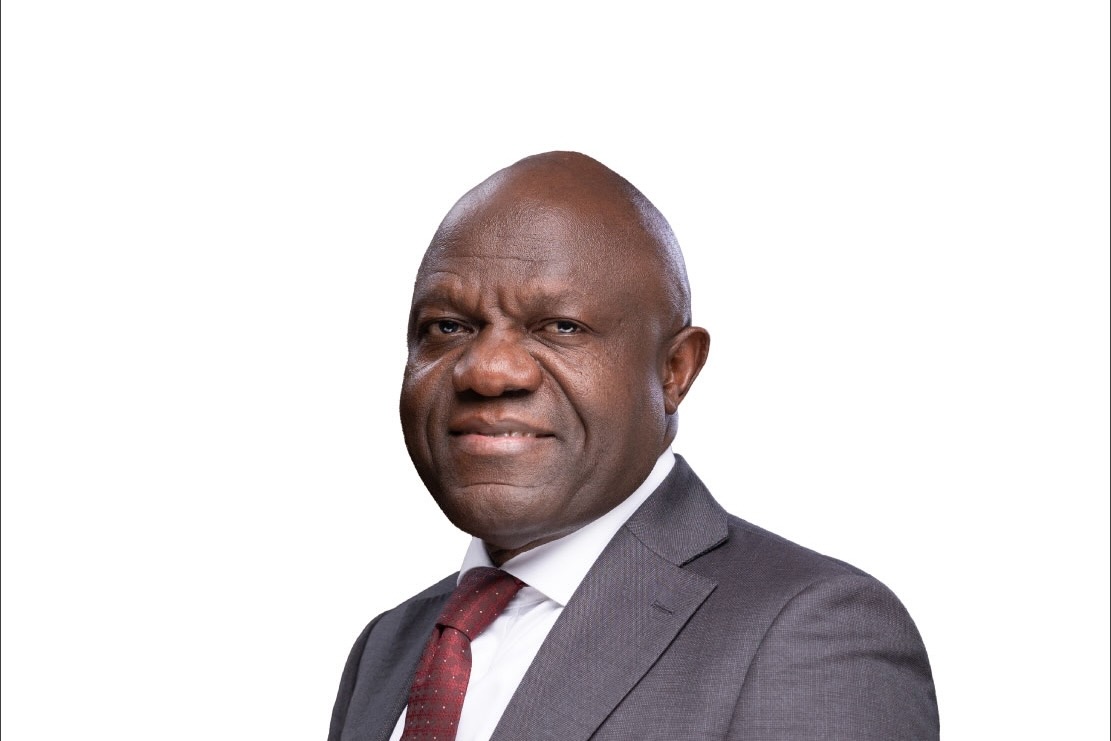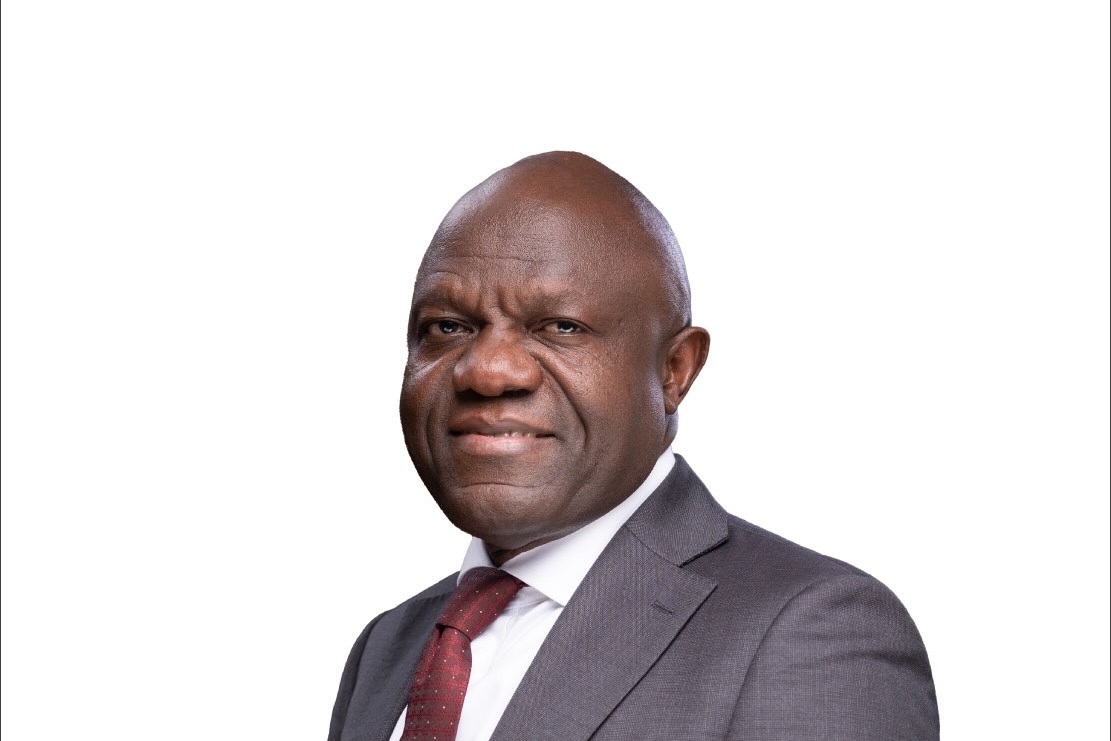Russia’s Rosatom inks $1.2 Billion nuclear energy deal with Tanzania
- Deal aims to harness Tanzania’s vast uranium reserves as a driver for economic growth, industrial development, and future clean energy prospects.
- Project involves a 20-year plan to extract and process an estimated 300,000 tonnes of uranium.
- Construction is scheduled to begin in the first quarter of 2026, with commissioning scheduled for 2029.
Russia’s state-owned Rosatom has launched a $1.2 billion uranium extraction partnership with Tanzania, one of the East African nation’s most ambitious clean energy investments. The project aims to tap Tanzania’s vast uranium reserves to drive economic growth, industrial development, and clean energy prospects.
President Samia Suluhu Hassan presided over the inauguration of a $400 million uranium processing plant at the Mkuju River Project site last week, signalling the operational start of a broader 20-year plan to extract and process an estimated 300,000 tonnes of uranium.
“This project reflects Tanzania’s commitment to responsibly tap into its natural resources to support sustainable development,” President Hassan said during the launch.
Rosatam advanced uranium processing
Speaking, the Director General of the Rosatom State Corporation, Alexey Likhachev said the firm was offering its advanced uranium processing technologies to develop Tanzania’s unique geological potential.
“As with all our partners, we intend to build cooperation with the republic on the basis of equality and mutual understanding.”
“At the same time, in its activities, Rosatom is always guided by the principles of sustainable development with unconditional compliance with high environmental and social standards. We will be happy to help Tanzania take an important step towards integration into the global nuclear energy industry,” he added.
The plant, situated in the southern region of Namtumbo, is the first of its kind in Tanzania and a key component of the government’s strategy to diversify mineral exports and capitalise on the rising global demand for low-carbon energy sources.
The plant, located at the Nyota deposit, will be used to test uranium processing technologies and inform the design of the main processing complex with a production capacity of up to 3,000 tonnes of uranium per year. Its construction is scheduled to begin in the first quarter of 2026, with commissioning scheduled for 2029.
The official pilot plant commissioning ceremony was attended by government officials led by Samia Suluhu Hassan, Tanzania’s President, who said: “This is a landmark achievement for our country. For the first time, Tanzania is stepping onto the global uranium map with the capacity to supply a strategic mineral that is essential for safe and sustainable energy generation worldwide.”
Clean energy
According to Tanzania’s Ministry of Minerals the “strategic project is set to transform” the country’s “mining and energy landscape, opening new doors for foreign investment, clean energy solutions and high-value technological advancements”.
It said the government holds a 20 per cent stake “projected to earn $40 million annually in dividends, channelled into national development projects”, and hundreds of direct and indirect jobs would be created.
It said that Tanzania will enter the list of the top 10 uranium-producing nations.
Alexey Likhachev, Rosatom director general, said the corporation was helping to develop Tanzania’s “unique geological potential … as with all our partners, we intend to build cooperation with the Republic on the basis of equality and mutual understanding.
At the same time, in its activities, Rosatom is always guided by the principles of sustainable development with unconditional compliance with high environmental and social standards. We will be happy to help Tanzania take an important step towards integration into the global nuclear energy industry”.
The proposed environmental protection system for the project includes real-time ecosystem monitoring, closed-loop water supply systems with water recycling, and biodiversity conservation programmes, Rosatom said.
The Mkuju River project is owned by Mantra Tanzania Ltd. and is located in the Namtumbo district of the Ruvuma region. Mantra Tanzania is part of Rosatom subsidiary Uranium One Group which is an international mining group of companies which also has assets in Kazakhstan and Namibia
Rosatom has a longstanding presence in Sub-Saharan Africa, supplying enriched uranium to the continent’s only nuclear power plant – the Koeberg Nuclear Power Station in South Africa, and supporting nuclear education through university partnerships.
As Africa targets 15 GW of nuclear capacity by 2035, over 10 countries are exploring nuclear power with strong reliance on global partners like Rosatom.
In Tanzania, Rosatom, through its subsidiary Mantra Resources, has led the Mkuju River uranium project since 2020 under a special mining license.
Operated by Uranium One, the project is among the world’s largest, with 152 million tons of ore. It aims to produce 5 tons of yellowcake during pilot operations and scale up to 3,000 tons annually.
Officials say the project could create thousands of jobs, attract further foreign investment, and enhance the country’s energy security. However, environmentalists and civil society groups have raised concerns over radioactive waste management, water safety, and potential displacement of nearby communities.
Despite these concerns, the Tanzanian government insists that the venture adheres to international safety and environmental standards.
By aligning with Rosatom, Tanzania joins a growing number of African nations turning to global nuclear powers to develop strategic minerals critical to the global energy transition.
As uranium regains prominence on the back of renewed interest in nuclear energy, the Mkuju River project could position Tanzania as a key player in the future energy supply chain—both regionally and internationally.
Russia has announced restrictions on exports of enriched uranium to the USA. The temporary ban is in response to US restrictions on imports of Russian uranium products which came into force earlier this year.
Russian government announced the ban on its official website on 15 November as an amendment to Government Decree No 313 of 9 March 2022. It covers exports “to the United States or under foreign trade contracts concluded with persons registered in the jurisdiction of the United States”. Exemptions will be made for deliveries under one-off licences issued by the Russian Federal Service for Technical and Export Control
Ban on import of Russian uranium products
decision was made on the instructions of the President in response to the restriction imposed by the United States for 2024-2027, and from 2028 – a ban on the import of Russian uranium products,” the Russian government said. “Vladimir Putin instructed to analyse the possibility of restricting supplies to foreign markets of strategic raw materials in September at a meeting with the Government.”
According to the Tass news agency, Russian state nuclear corporation Rosatom said the ban was legal and the expected “tit-for-tat response to actions of the US authorities”. Deliveries of Russian uranium to countries other than the USA “will continue without changes, on conditions agreed with customers and subject to requirements of national laws”, Rosatom said.
Kremlin spokesperson Dmitry Peskov told Tass that “in cases where it serves our interests, Russia’s Federal Service for Technical and Export Control may decide to exclude certain items from this list of bans”, but said the government had assessed the implications and consequences of the “absolutely reciprocal” countermeasures. “But the key point is that this should fully align with our interests and not undermine them. That is the basis for what has been done,” he said.
US President Joe Biden signed the Prohibiting Russian Uranium Imports Act in May after the bill was passed unanimously by the US Senate. The prohibition came into effect in August, and will last until the end of 2040. Waivers may be granted to allow the import of limited amounts of Russian-origin LEU, under certain circumstances, until 1 January 2028.
Read also: African energy: Opportunities and challenges presented by Russia’s investments
Share this content:





Post Comment